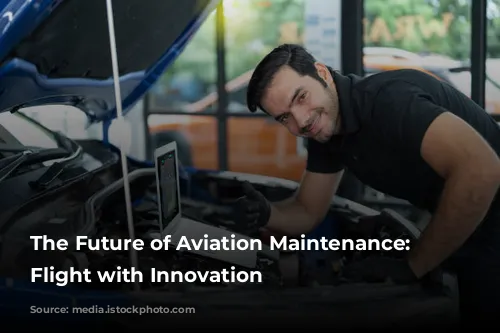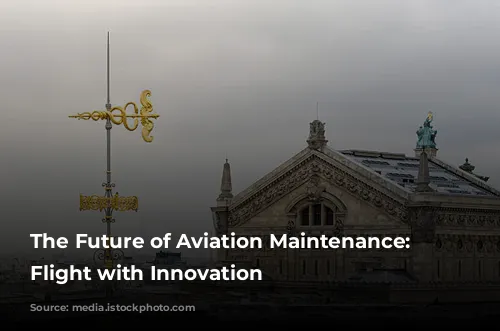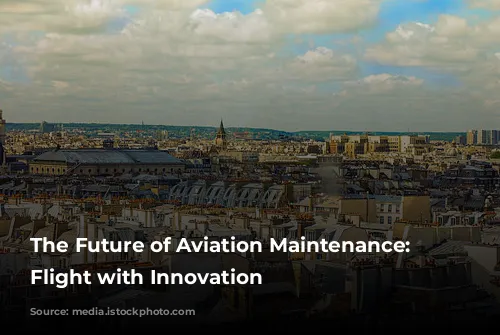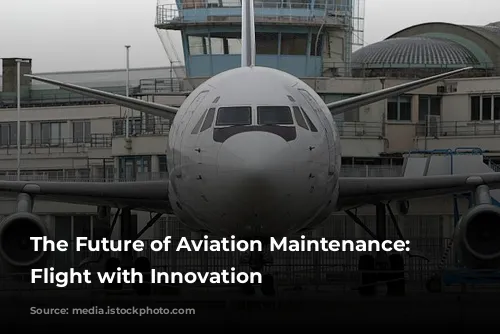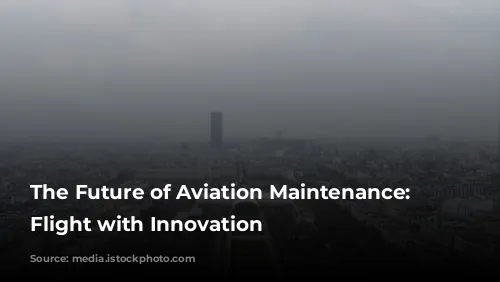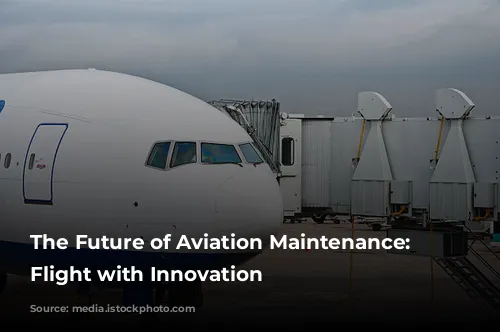Welcome to a world where technology is transforming the skies! The aviation industry is undergoing a rapid evolution, driven by a relentless pursuit of efficiency, safety, and sustainability. The recent Airline & Aerospace MRO & Flight Operations IT Conference – EMEA in Amsterdam provided a clear vision of the forces shaping this future.
Let’s dive into the key trends redefining aviation maintenance.
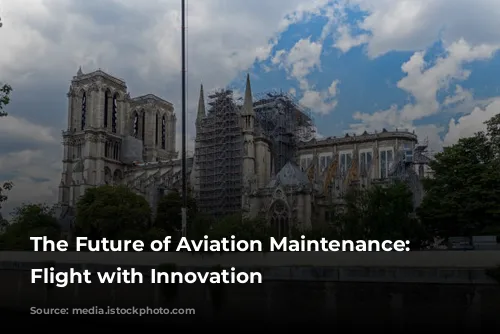
The Digital Revolution in MRO
Think digital platforms and mobile apps taking center stage in aviation maintenance! Airlines and MROs are embracing these tools to streamline operations and boost efficiency. Imagine mechanics equipped with real-time information, seamlessly managing their workload, and accessing all the necessary documents with ease.
This shift is revolutionizing how we approach maintenance, leading to shorter labor hours, improved operational efficiency, and fewer delays. It’s a win-win for everyone involved!
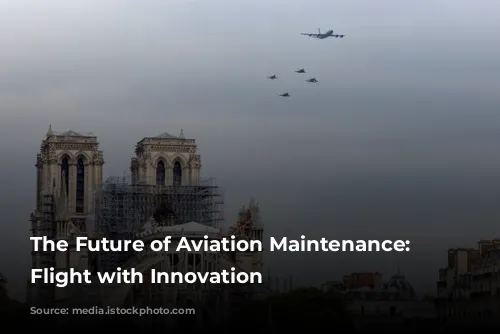
Predictive Maintenance: A Proactive Approach
The days of reactive maintenance are fading fast. Predictive maintenance is the new mantra, powered by big data analytics and sophisticated algorithms. Airlines are harnessing the power of data to predict potential failures before they occur, minimizing unplanned downtime and maximizing aircraft lifespan.
Imagine these algorithms meticulously analyzing data from maintenance logs, flight operations, and machine learning models to detect patterns and anomalies that might indicate future problems. This proactive strategy not only enhances efficiency but also significantly reduces maintenance costs.
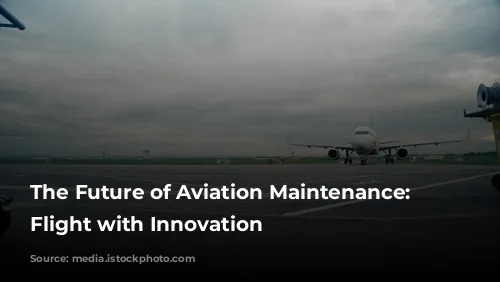
AI and Machine Learning: Shaping Smarter Maintenance
Artificial intelligence (AI) and machine learning (ML) are injecting intelligence into maintenance operations, enabling more precise and efficient maintenance planning and execution. AI-powered systems can analyze massive amounts of data to pinpoint potential issues, optimize maintenance schedules, and enhance decision-making processes.
As Sander de Bree, Chief Visionary at EXSYN Aviation Solutions, eloquently puts it, AI is not just improving the accuracy of maintenance assessments but also significantly reducing downtime and operational costs through predictive maintenance and automated inspections.
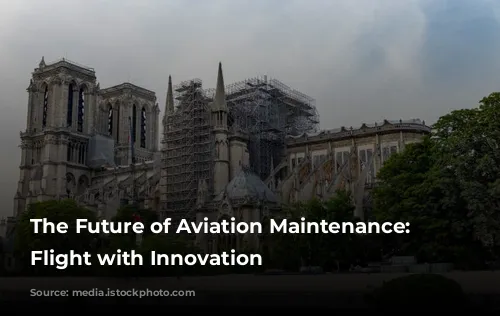
The Rise of Robotics and Automation
Automation is taking flight in the MRO sector! Robots and automated systems are becoming increasingly prevalent, especially for repetitive or highly precise tasks. One notable example is the use of drones for aircraft inspections.
These high-flying drones with high-resolution cameras can quickly and accurately examine an aircraft’s exterior, capturing detailed images that are analyzed for signs of wear or damage. This automated approach not only improves efficiency but also enhances accuracy.
Another area where automation is making its mark is in the disassembly and reassembly of aircraft engines. Robotic arms, assisted by skilled technicians, are capable of performing these tasks with great accuracy, minimizing the risk of human error and speeding up the maintenance process. This allows for higher-quality maintenance work and frees up technicians to focus on more complex tasks.
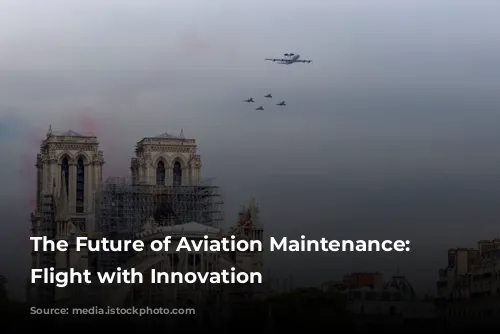
Sustainability Takes Center Stage
The drive for sustainability is changing the way we approach aviation maintenance. Greener practices are becoming increasingly popular, driven by regulatory pressures and a growing public commitment to environmental responsibility.
Many MRO facilities are implementing eco-friendly materials and procedures. Water recycling systems are being installed to capture and reuse water used in aircraft cleaning, reducing waste and conserving resources.
The focus is also shifting towards using lighter, more durable materials in aircraft construction and repair. These materials not only improve fuel efficiency but also reduce the frequency and cost of maintenance. For example, advanced composite materials are being used in aircraft components to reduce weight and enhance durability, contributing to both environmental sustainability and operational efficiency.
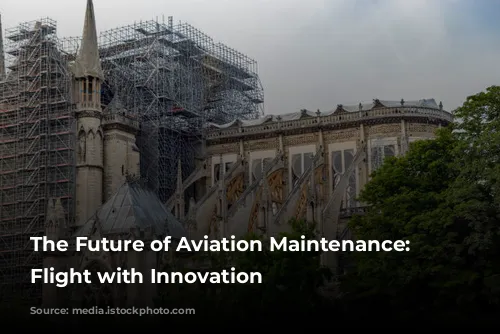
A Workforce Ready for the Future
The rapid technological advancements in aviation maintenance are transforming the skills needed for success. In addition to their traditional mechanical skills, technicians now need to be proficient in data analysis and digital tools.
Training programs are incorporating new technologies like augmented reality (AR) and virtual reality (VR) to equip technicians with the necessary skills. Continuous education and certification programs are also becoming increasingly important to ensure technicians stay up-to-date on the latest techniques and technologies.
The future of aviation maintenance is bright, but it comes with a critical challenge: a severe shortage of qualified labor. According to CAE’s Aviation Talent Forecast 2023, the need for aviation professionals is expected to increase by 78% between 2023 and 2032, with over 400,000 new aircraft maintenance technicians needed over the next decade.
Addressing this labor shortage is essential to ensure a sustainable future for the aviation industry.
The future of aviation maintenance is a dynamic landscape of innovation, efficiency, and sustainability. By embracing the power of digital technologies, predictive maintenance, and a skilled workforce, the aviation industry is poised to take flight towards a future where safety, efficiency, and environmental responsibility soar to new heights.
